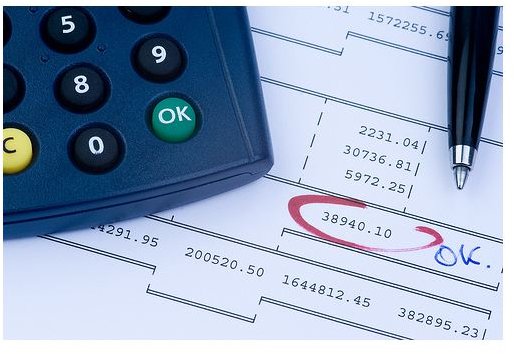How to Calculate Retained Earnings: Formula & Explanation
Managing a company’s operations, marketing and sales activities and expense management are but a few of the decisions that
management has to deal with. After it has made a profit the company will then need to decide what to do with those profits. Among the options for using profits are: operations, returning cash to shareholders, or keeping cash in reserve for future use. In this article we discuss how to calculate expanding the figure that is reported as retained earnings on balance sheets and presenting an overview of why a company would want to keep a reserve.
Retained earnings represent the amount a company has left after it has paid all its expenses, taxes, and dividends. A company can return all the cash it has left after it has taken care of its obligations, but that would handicap its efforts to expand operations, make acquisitions, and replace equipment. Some investors like when this figure is returned to them in the form of dividends, but most do understand that something must be reinvested for the long term.
Saving for the Future
The formula to calculate retained earnings is quite simple. The figure is calculated by adding the net profits (less dividends paid) to the

beginning retained earning balance from a previous period:
Retained Earnings (RE) = Beginning RE + Net Income – Dividends
If there is a net loss and it is larger than the beginning retained earnings, there will be what is called negative retained earnings.
Why Retain Earnings?
Companies may retain earnings as a strategic move; they may later spend the reserves on research and development or company acquisitions, to name a few. An example of a company that has a huge hoard of cash is Apple Inc. The company’s cash reserve of more than $40 billion is larger than the entire market capitalization of many Fortune 500 companies.
Why does Apple Inc need so much cash? In the words of Steve Jobs, the company’s CEO, “Our judgment and our instincts tell us to just leave that powder dry right where it is right now and it’s going to come in awfully handy one of these days.”
Of course, some investors would like to see the company return some of the money to investors, whether by share buyback, which increases the value of outstanding shares, or in dividends that give investors cash. However, if the company continues to be properly managed, the strategy should bring greater shareholder value in the long term.
Conclusion

Retained earnings represents what is left after expenses, taxes, and dividends are paid. However, if there is a loss and the retained earnings from a previous period will not be enough to cover it, there may be a negative retained earnings figure.
Keeping some reserves on hand is an important strategic position that many companies take if they can manage to net a profit. Not only does having a reserve allow businesses to plan ahead for emergencies, to acquire assets, or to replace old ones, but it also gives them a war chest with which to respond to threats from competitors, including making bold take-over bids.
Image credits:
“How do I calculate retained earnings-pic” ansik in flickr
“How is retained earnings calculated-pic” blair_25 in flickr
“Unappropriated retained earnings-Negative retained earnings-pic” Philippe Put in flickr
